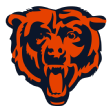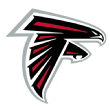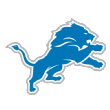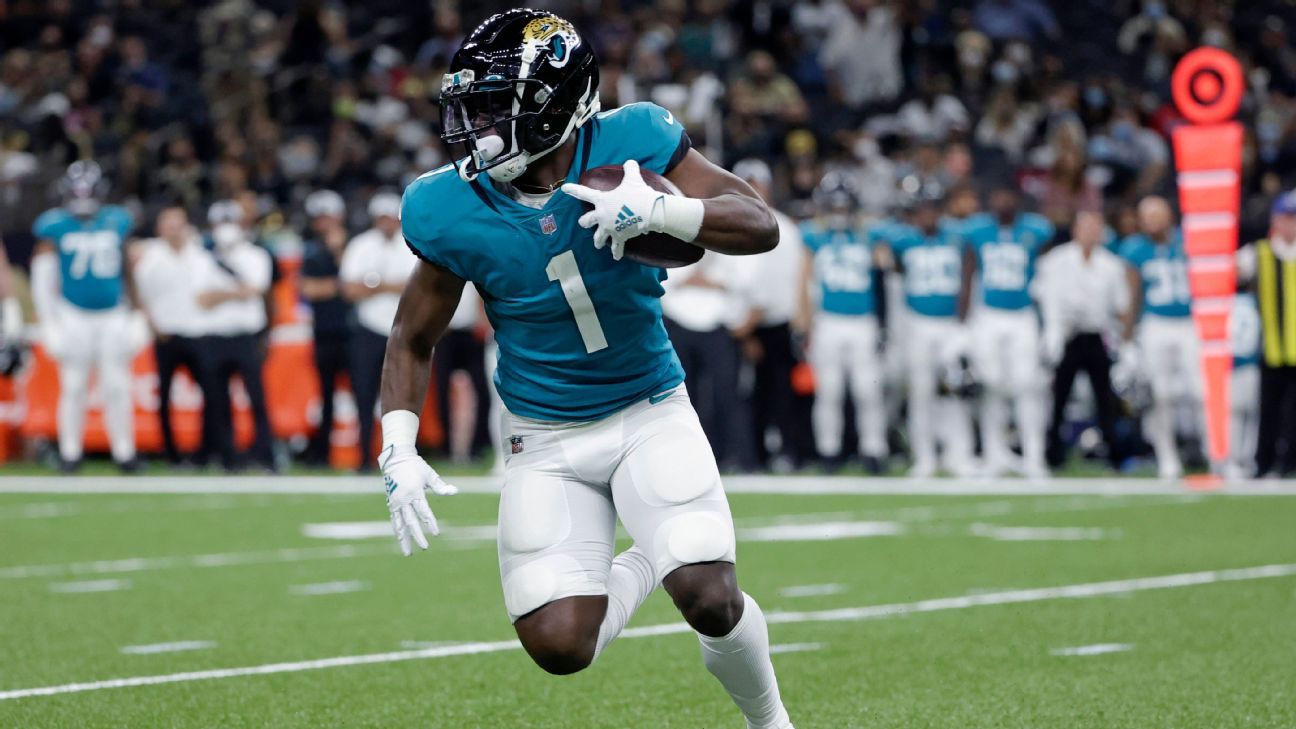For many fantasy football managers, a great deal of emphasis is placed on trying to identify which NFL players will take a big step in their development and become fantasy stars. Oftentimes, the obvious targets are those entering their second seasons, with the benefit of a full offseason to make improvements.
Our staff will be listing its favorite sleepers, busts and breakouts in the weeks to come, but for this exercise, we focused only on those sophomores — answering the following question:
Which second-year player is most intriguing to you in fantasy this season?
“Intriguing” can mean you’re excited about a player, but it can also mean you are simply interested in seeing how he fares — good or bad. Our crew lists those who are top of mind as we gear up for training camps.
 Travis Etienne Jr., RB, Jacksonville Jaguars
Travis Etienne Jr., RB, Jacksonville Jaguars
Etienne missed his entire rookie season with a Lisfranc injury. Sometimes, when a player misses a full season, fantasy managers forget how they felt about the player before he got hurt. I have not. Etienne possesses a special skill set as a runner and receiver that NFL Nation Jaguars reporter Mike DiRocco says the team intends to take full advantage of. DiRocco even provided a comp for how he might be used this season: Alvin Kamara as a rookie in 2017, when he went for 1,554 yards from scrimmage and had 81 catches as the No. 2 back behind Mark Ingram II. With incumbent starter James Robinson returning from an Achilles injury, Etienne could be given an even larger workload at the outset of the season. — Keith Lipscomb
 Justin Fields, QB, Chicago Bears
Justin Fields, QB, Chicago Bears
Fields enters the 2022 season with an offensive roster lacking in proven difference-makers. There is fantasy upside here, however, given the playmaking element he brings to the position. In ’21, Fields rushed for 420 yards in just 12 games played, and he scored at least 16 fantasy points in four of his final five starts. With an anticipated pass game that should lean on play-action/misdirection to open second- and third-level windows, along with Fields’ ability to create as a runner, the Bears’ second-year quarterback has late-round potential in your drafts. –– Matt Bowen
 Najee Harris, RB, Pittsburgh Steelers
Najee Harris, RB, Pittsburgh Steelers
There is more mystery surrounding others on this list, considering Harris ranks eighth overall in ESPN’s ADP (average draft position). But we need to find out if he can be one of the truly reliable RB1s who are becoming all too rare. Harris could be worthy of a top-two pick if he continues to approach the astronomical workload we saw last season while adding more efficiency (and an improved offensive line). He led all RBs with 381 touches and 74 catches, but we don’t know if that receiving volume will change without retired QB Ben Roethlisberger. And Harris needs to improve on his 3.9 yards per carry and seven rushing TDs. Despite his usage, he tied for only 21st among RBs with 29 red zone rushing attempts. — Mike Triplett
 Trey Lance, QB, San Francisco 49ers
Trey Lance, QB, San Francisco 49ers
The highly touted QB from North Dakota State, drafted third overall by the 49ers in 2021, has started only three games in the past two years. Yikes. And yet, he is poised to take the reins as the Niners’ signal-caller this fall. Lance played the role of understudy as a rookie, throwing a total of 71 passes, almost all of which came in relief of an injured Jimmy Garoppolo. Still, he did deliver five touchdowns in his limited playing time and his mobility was routinely on display. He has the physical abilities to be a threat in fantasy with both his arm and legs, but the question becomes, how long will it take for the decision-making and accuracy to catch up? –– Stephania Bell
 Trevor Lawrence, QB, Jacksonville Jaguars
Trevor Lawrence, QB, Jacksonville Jaguars
The Jaguars made major roster (and coaching) upgrades during the offseason, but it might be in vain if their second-year QB fails to make a big leap forward. Lawrence’s rookie-season production was poor (12 pass TDs, league-high 17 INTs, 33.5 QBR), but that’s common even for eventual stars at the position and he gained substantial experience (seventh-most pass attempts and fifth-most rush attempts among QBs). The 2021 first overall pick is a bit of an unheralded breakout candidate and potential league winner whom you can land in the late rounds of your draft. –– Mike Clay
 Elijah Moore, WR, New York Jets
Elijah Moore, WR, New York Jets
It’s true that he showed some deficiencies on film like many rookies do, but Moore has abilities and talent that jump off the screen and are hard to ignore. He ranks among the top players in the league when it comes to short-area quickness. Prior to his season-ending injury, we saw glimpses of Moore’s potential. Over Weeks 11-13, he averaged 10.3 targets, 6.0 receptions and 88.0 receiving yards per game. Over the same period, Moore accumulated 352 air yards. He’s a great value at his current ADP and shouldn’t be overlooked. –– Eric Moody
 Kyle Pitts, TE, Atlanta Falcons
Kyle Pitts, TE, Atlanta Falcons
Pitts was quickly thrust into the Falcons’ lead pass-catcher role, as the offense operated without Calvin Ridley for most of the season. Not only did Pitts lead the team in targets with 110, he led all TEs with 10.8 air yards per target, showcasing his game-breaking, vertical-threat ability. I’m intrigued about Pitts’ sophomore season for a few reasons. What will his TD regression look like after just one trip to the end zone in his rookie season? How will the addition of Drake London affect that almost inevitable positive regression? Similarly, how will new QB Marcus Mariota look to use him, especially when the Falcons are near the goal line this season? Regardless, after finishing as TE7 last season, Pitts is the consensus TE3 heading into 2022 and is well worth the fifth-round investment in 10-team drafts. –– Daniel Dopp
 Amon-Ra St. Brown, WR, Detroit Lions
Amon-Ra St. Brown, WR, Detroit Lions
A lot — and I mean A LOT — of fantasy championship banners were hung last year on the back of the Lions rookie receiver, who was nothing short of amazing down the stretch. While Detroit was losing, fantasy managers were winning. From Week 13 on, St. Brown was a top-three WR in both total points and points per game, averaging nearly 25 points in PPR, more than eight catches and 103 yards from scrimmage per game and scoring six touchdowns in six games. But was that production a result of great talent or just the result of “they had to throw it to someone”? During that six-game stretch, T.J. Hockenson missed five games and D’Andre Swift missed four, leading St. Brown to receive an incredible 33.5% target share. With Hock and Swift back healthy plus the addition of DJ Chark Jr. and the eventual debut of rookie Jameson Williams, can St. Brown still be a top-20(ish) WR with a significantly lower target share? History generally shows rookie WRs who put up production like St. Brown’s are legit, but given the unique circumstances around his emergence last season — a whopping 66% of his fantasy points last season came from Week 13 on — he’s my most intriguing second-year player heading into 2022. –– Matthew Berry
 Javonte Williams, RB, Denver Broncos
Javonte Williams, RB, Denver Broncos
No running back broke more tackles than Williams last season, and while it’s true the organization brought back Melvin Gordon III to annoyingly share touches, Williams is a better player. A much better player. He’s big, strong and certainly capable of being a fantasy star, and the upgrade at quarterback to Russell Wilson will help as well. This will be a much better, more efficient offense, and Williams has tremendous fantasy upside. Don’t let the return of Gordon scare you away. –– Eric Karabell
 Zach Wilson, QB, New York Jets
Zach Wilson, QB, New York Jets
“Intrigued” is an appropriate description of my regard for Wilson entering 2022, because I doubt I’d draft him anywhere other than as a matchups-partner QB2, as we give him an ESPN consensus ranking of 20th at his position. Still, few NFL sophomores face as important an upcoming campaign, after Wilson’s Jets drafted wide receiver Garrett Wilson and running back Breece Hall and signed tight ends Tyler Conklin and C.J. Uzomah. This Jets team is almost assuredly on the way up, but so much hinges on Wilson vastly improving the poor accuracy he showed in 2021. Is a best-case scenario the kind of jump Jared Goff made in 2017? We’ll see. — Tristan H. Cockcroft
